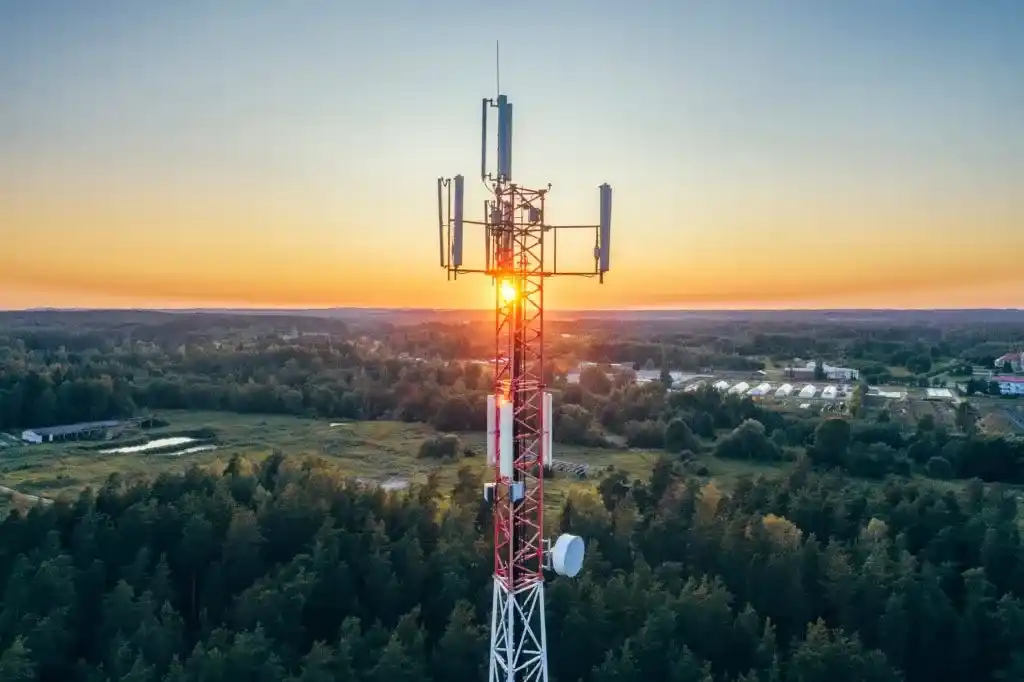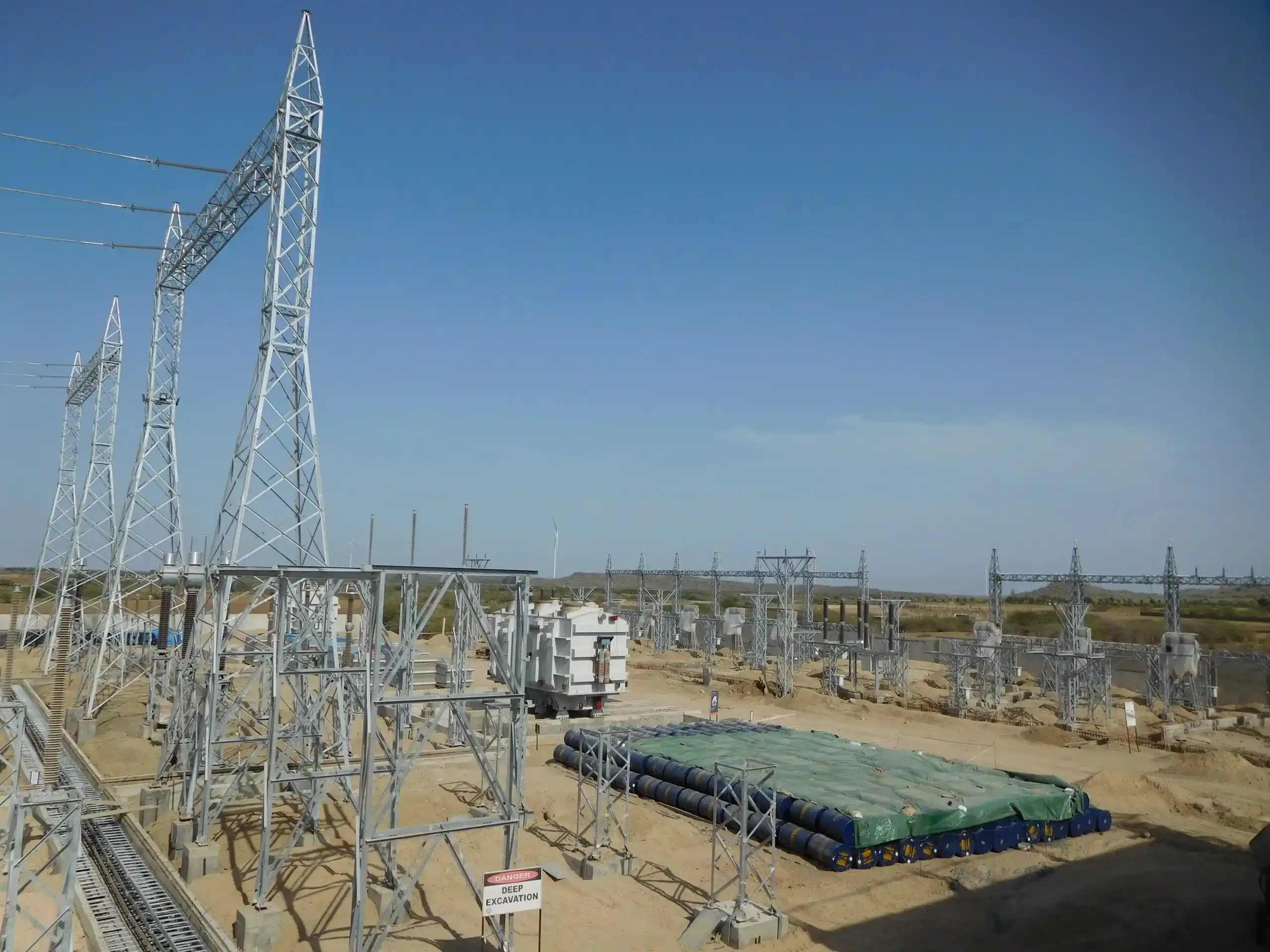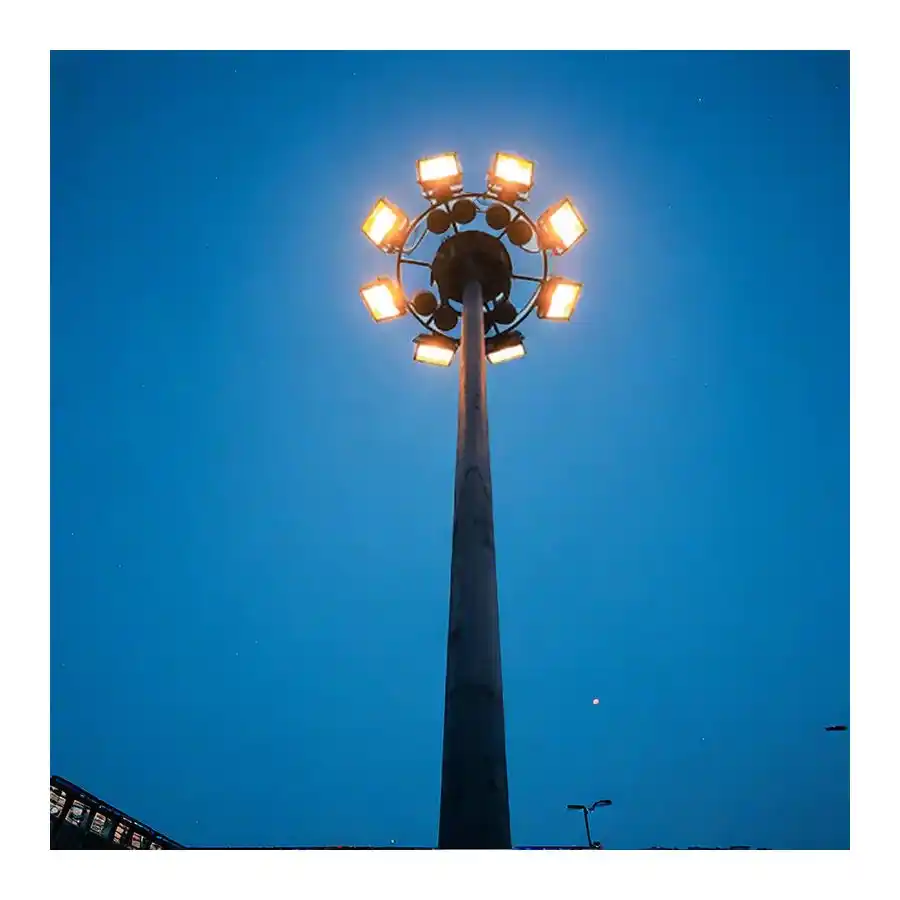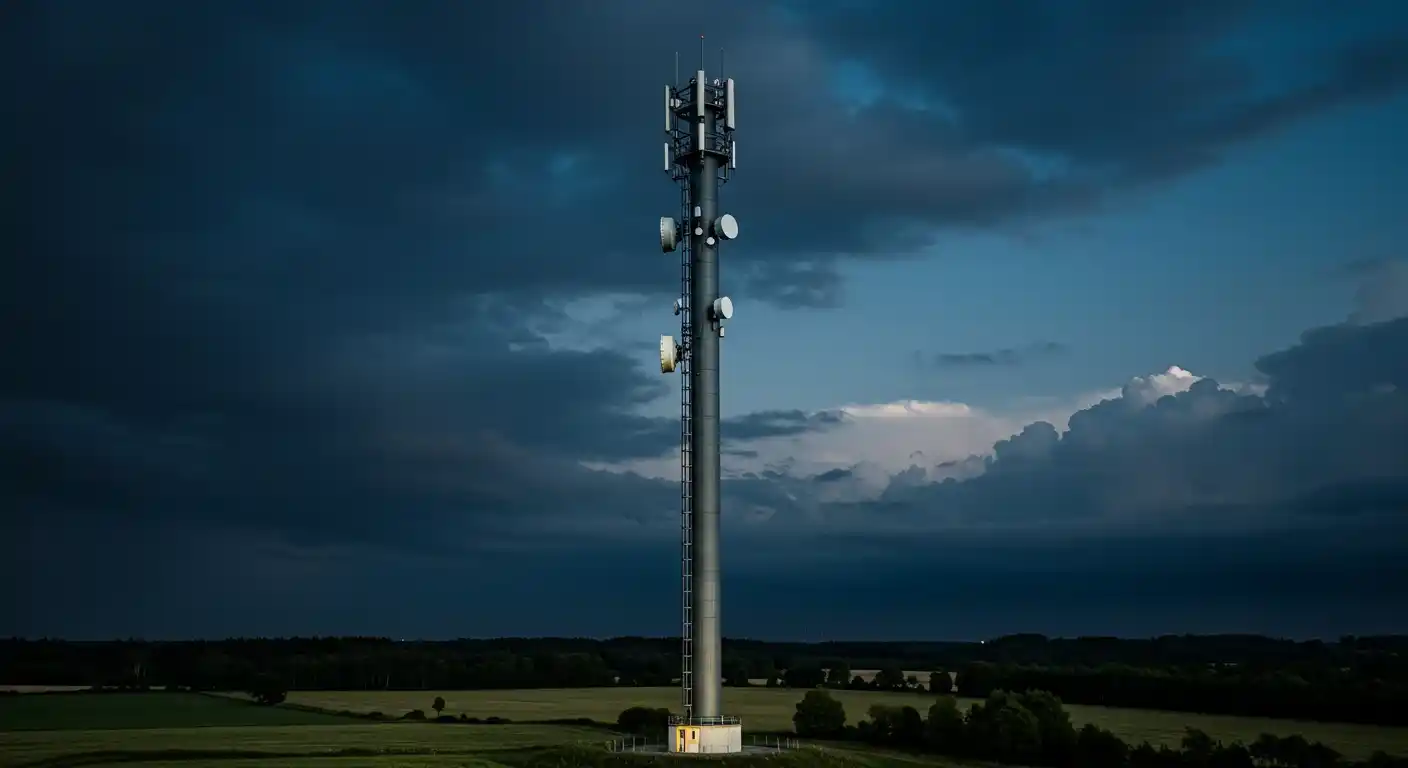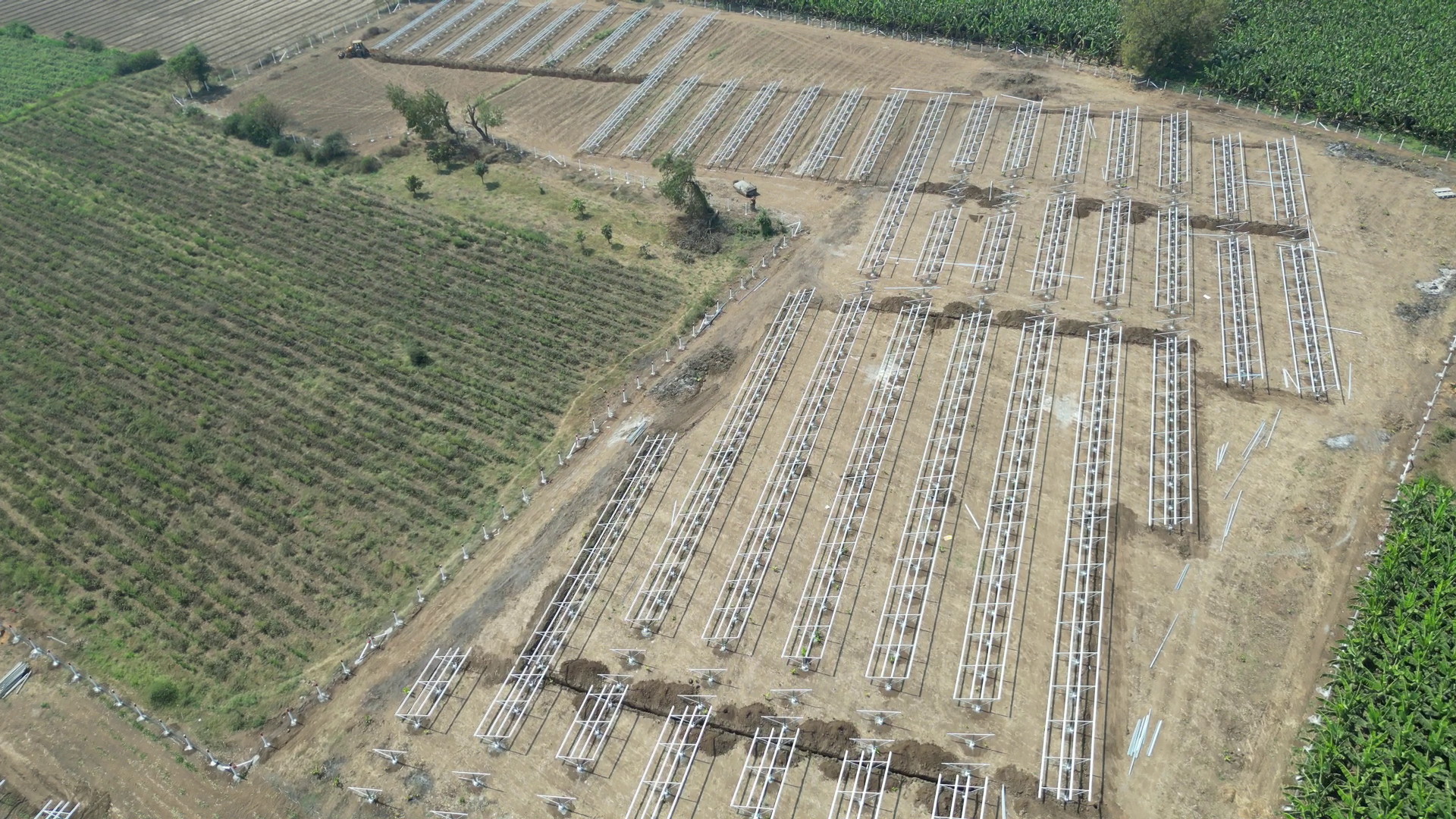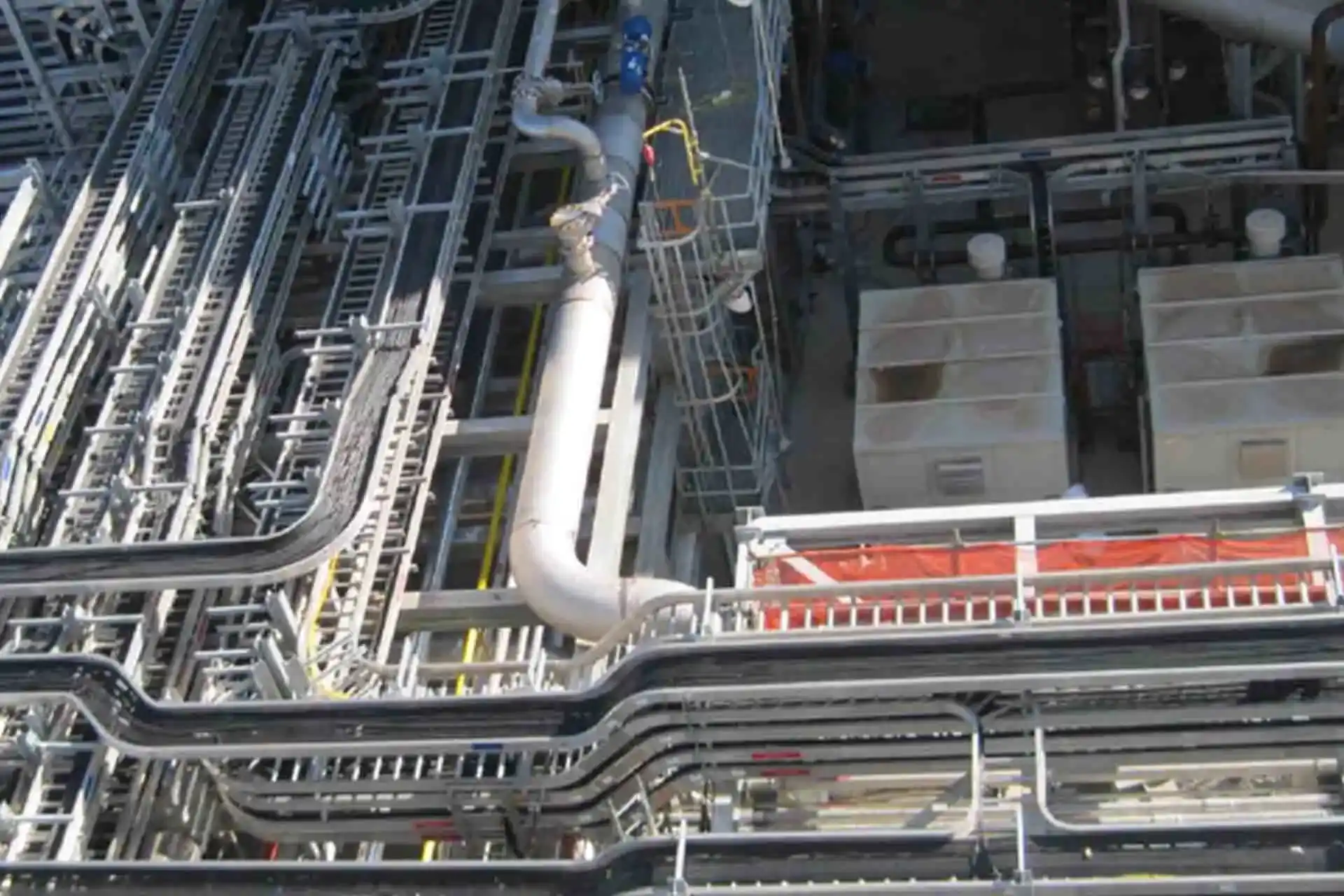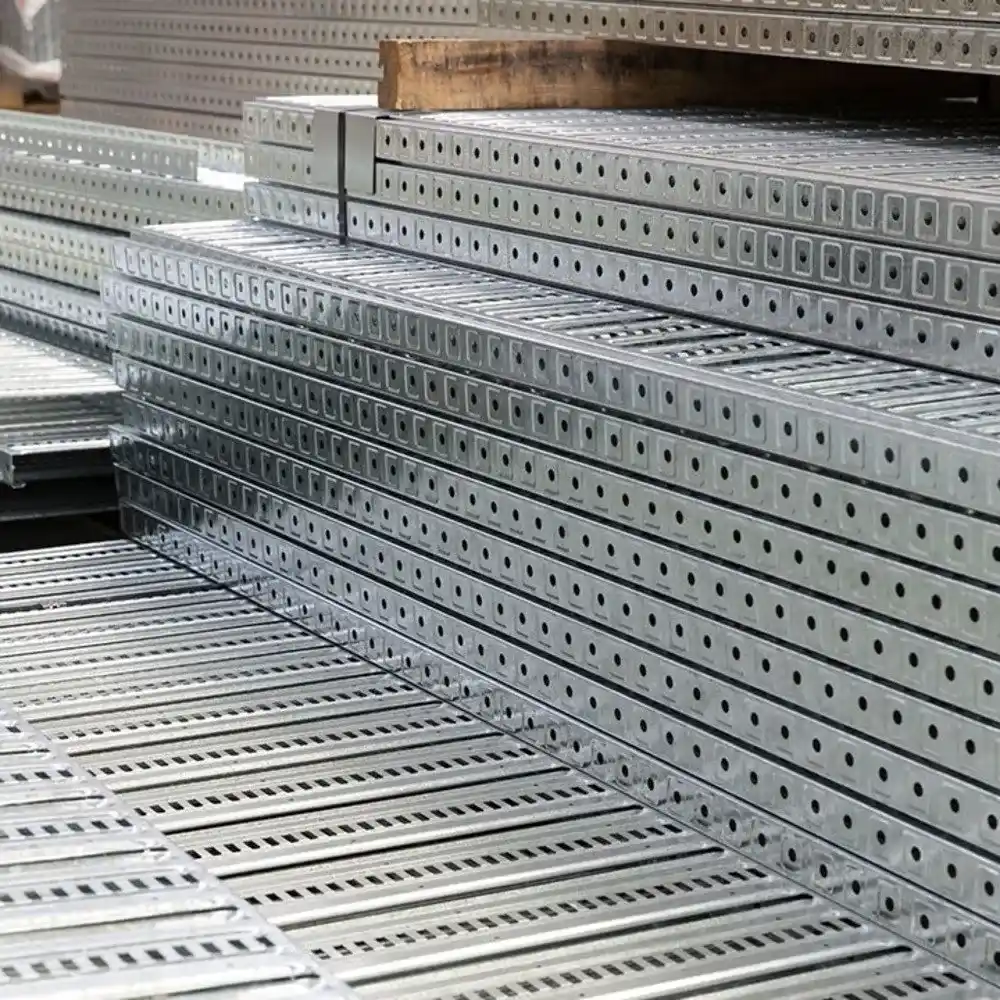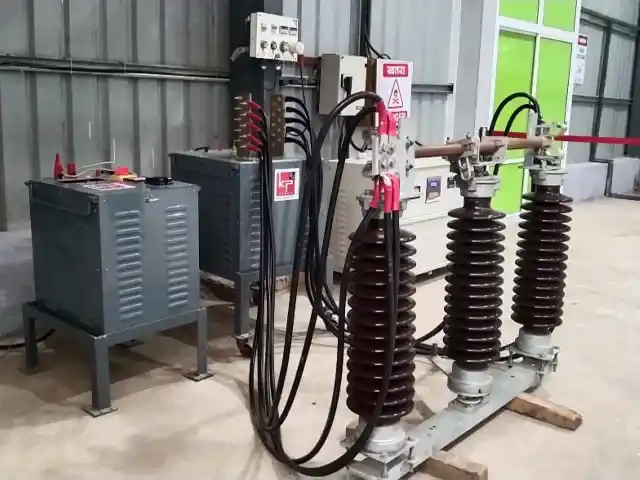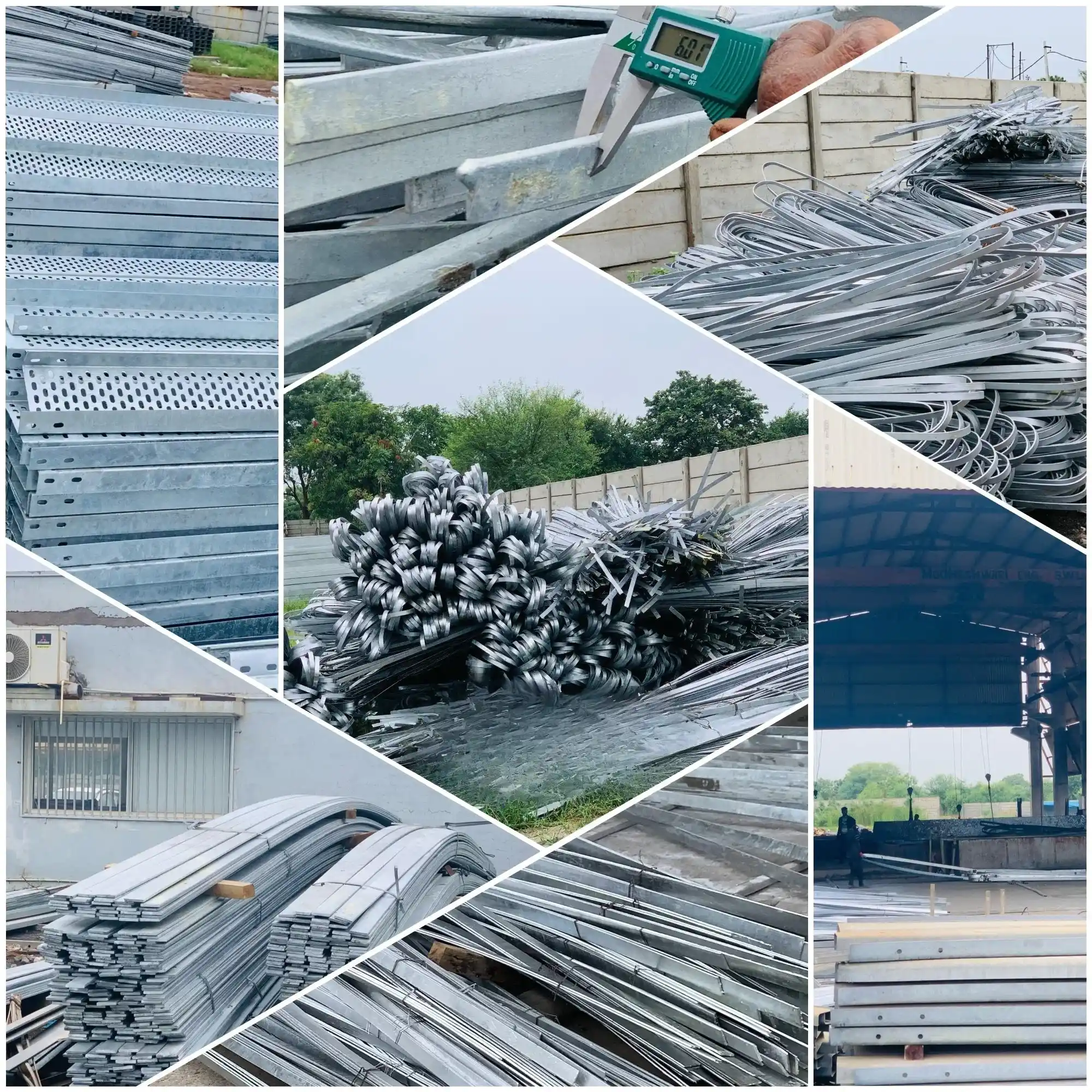
Future Trends in Transmission Line Engineering
As the world moves to more sustainable forms of electricity generation, the role of transmission line engineering becomes important in ensuring that the power harnessed from renewable sources reaches its intended destinations efficiently and reliably. This article explores the future of transmission line engineering, underscoring the innovation and sustainability driving the field forward and how one of the best transmission line tower manufacturers in Vadodara is shaping the future.
1. Advancing Materials: The Backbone of Modern Transmission Lines
The evolution of materials in transmission line engineering is a game-changer in our
relentless pursuit of efficiency and sustainability. The industry is swiftly moving
away from traditional conductors like Aluminum Conductor Steel Reinforced (ACSR) to
innovative options like High-Temperature Low-Sag (HTLS) conductors. These materials
are engineered to withstand extreme temperatures and mechanical loads, which means
they can carry more current without sagging, even during temperature spikes.
HTLS conductors are composed of composite core materials like carbon and glass
fiber, which are not only lighter than steel but offer reduced thermal expansion.
This advancement allows for longer spans between towers and lessens the physical
footprint of the transmission line infrastructure on the environment.
- Increased Efficiency: The adoption of HTLS conductors marks a significant leap in efficiency, reducing line losses which is pivotal for long-distance energy transmission.
- Sustainability: By enabling the use of fewer materials and minimizing the need for tower construction, these advanced materials contribute to a reduction in the environmental impact of transmission lines.
2. Digitalization: The Smart Shift in Power Transmission
Digitalization is revolutionizing transmission line engineering, equipping the
industry with tools to manage and distribute energy in ways that were once deemed
impossible. Smart
grid technology is the cornerstone of this transformation, offering
a flexible network that can respond in real-time to the changing demands and supply
of electricity.
The integration of sensors and IoT devices along transmission lines provides a
wealth of data that can be used for predictive maintenance. AI algorithms analyze
this data to predict potential faults before they occur, significantly reducing
downtime and maintenance costs. Furthermore, advanced monitoring systems enable the
remote observation and control of transmission lines, ensuring optimal performance
and immediate response to any irregularities.
- Reliability : Digital tools and smart systems make energy transmission more reliable by anticipating and addressing potential issues promptly.
- Renewable Energy Integration: The smart grid is essential for integrating renewable energy sources, as it can handle the variability and intermittency of renewables like solar and wind power.
3. Interconnectivity: Bridging the Energy Divide
The future of transmission line engineering is not just about individual lines but
also about creating an interconnected web that can transport electricity across
regions and even continents. This interconnectivity is vital for the successful
integration of renewable energy into the grid. By connecting areas with surplus
renewable energy to those with deficits, we can balance the overall energy supply
and enhance the resilience of the power system against local outages or
fluctuations.
Interconnectors are being designed to carry high voltages over long distances with
minimal losses, using technologies such as as High Voltage Direct Current (HVDC)
lines. These technologies are essential for cross-border energy trading, which can
lead to more efficient use of renewables and a reduction in reliance on fossil
fuels.
- Energy Security: Interconnectivity ensures a stable energy supply by diversifying the sources of electricity and providing alternative routes for power flow.
- Economic Benefits: It facilitates the creation of an energy market where regions can trade surplus power, leading to economic advantages through competitive pricing.
4. Environmental Harmonization: Engineering with Nature
The march towards the future of transmission line engineering is not solely focused
on technological prowess but also on achieving harmony with the environment. Modern
transmission projects are increasingly designed with a deep respect for the natural
world, seeking to minimize the ecological footprint. This approach encompasses
everything from the materials used to the placement of towers and the overall design
of the transmission routes.
Strategic routing plays a pivotal role in this endeavor, aiming to circumvent
ecologically sensitive areas such as national parks, wildlife corridors, and regions
of indigenous cultural significance. By utilizing
advanced GIS mapping and environmental
impact assessments, engineers are able to plot paths that lessen the intrusion on
natural habitats and reduce the risk of biodiversity loss.
- Low-Impact Construction: Techniques are being refined to limit soil disruption and prevent erosion during the construction process. This includes the use of helical piling for foundations, which can be installed with minimal ecological disturbance.
- Habitat Protection: Efforts to protect wildlife habitats lead to innovations like bird diverters on transmission lines to prevent avian collisions, a simple yet effective tool that exemplifies the detailed attention to environmental coexistence.
5. Policy and Community Engagement: The Collaborative Framework
The sustainability of transmission line projects also hinges on the policies that
guide their development and the extent to which communities are involved in the
process. A collaborative framework is essential for ensuring that the
infrastructural advances meet public needs and achieve broad-based support.
Policy frameworks at local, national, and international levels are adapting to
encourage the development of transmission lines that are not only efficient and
reliable but also socially and environmentally responsible. These policies often
include incentives for renewable energy integration and mandate thorough public
consultation processes.
Community engagement is about bringing local voices to the table, ensuring that the
people most affected by transmission projects have a say in their execution. This
engagement fosters a sense of ownership and acceptance, leading to smoother project
implementation and the cultivation of long-term relationships between the
engineering firms and the local populace.
- Informed Decision Making: By involving communities in the planning process, projects benefit from local knowledge, which can lead to better decision-making and the avoidance of potential conflicts.
- Shared Value: Projects that are developed in consultation with local stakeholders are more likely to deliver shared value, contributing to community development through job creation, infrastructure improvement, and economic growth.
The Pioneering Spirit of KP Green Engineering
As we stand at the threshold of a new era in transmission line engineering, one
company exemplifies the pioneering spirit required for this transformation. KP
Green Engineering Limitedhas established itself among the best transmission
line tower manufacturers in Vadodara, delivering solutions that are at once
innovative, sustainable, and attuned to the needs of the future.
Connect with the Future
We invite you to join us in shaping a sustainable tomorrow. If you're looking for
the best transmission line tower manufacturers, look no further. With KP Green
Engineering Limited, you align with a vision that transcends the ordinary and
embraces the extraordinary potential of future-ready engineering solutions.
Frequently Asked Questions:
About Us
KP Green Engineering Ltd. provides complete engineering and steel structure manufacturing solutions worldwide, serving industries such as renewable energy, telecommunications and beyond.
Get In Touch
Latest News
KP Group Concludes Annual General Meetings of KPI Green Energy, KP Energy, and KP Green Engineering
KP Green Engineering secures Rs 55-cr orders from multiple clients
KP Group accelerates growth with national expansion plans in renewable energy


